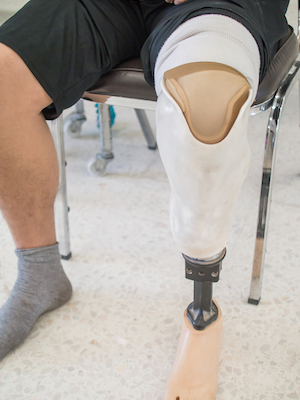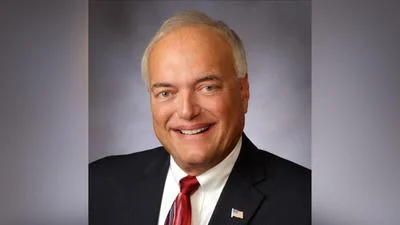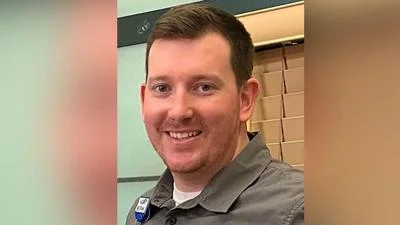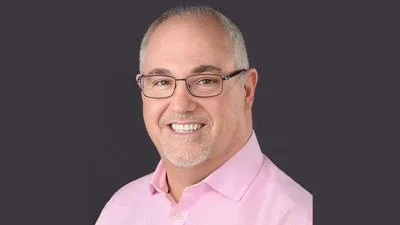COLUMBUS – An innovative new surgical procedure has the potential to give people with lower-limb amputations dramatically restored mobility, reducing debilitating pain and persistent tissue breakdown often associated with traditional prosthetic devices.
Known as osseointegration, the procedure involves surgically implanting a metal bar – typically in the thigh femoral bone – that extends outside of the body and connects to a snap-on prosthesis.
Oncologic orthopedic surgeons at the Ohio State University Comprehensive Cancer Center – Arthur G. James Cancer Hospital and Richard J. Solove Research Institute (OSUCCC – James) work with plastic surgeons at the Ohio State University Wexner Medical Center to perform this complicated, intricate surgery through a new comprehensive limb program at Ohio State.
Oncologic orthopedic surgeon Dr. Joel Mayerson said the osseointegration system offers patients who experience debilitating skin wounds and pain from their traditional prosthetic a long-term option for reducing pain and increasing mobility.
“This technique allows the artificial limb to function more naturally and takes pressure off the residual limb, preventing painful issues associated with socket prosthetics, such as friction, blistering, tissue degradation and skin problems,” said Mayerson, director of perioperative services at the OSUCCC – James and a professor in the Ohio State College of Medicine.
By making prosthetics more comfortable and easier to put on and take off, osseointegration unlocks the benefits of other advanced amputation techniques. One such technique is Targeted Muscle Reinnervation (TMR), which uses nerve surgery in the residual limb to enable more natural movement of the prosthetic and has been found to significantly reduce post-amputation pain.
“This re-imagined approach to prosthetic devices can also significantly reduce chronic pain experienced by people with amputations because it prepares the residual limb to interact with electrodes that allow patients to control their artificial limb with their brain,” Mayerson said. “We're creating sort of the ‘Luke Skywalker effect’ from ‘Star Wars’ by using the brain to move a body part the way it normally would. And ultimately TMR results in more fluid, intuitive movement of the prosthesis because the nerve is firing in this similar way to a natural limb.”
Ohio State is among the first hospital systems in the United States to offer osseointegration and TMR, as well as other advanced amputation techniques. The collaboration between orthopedic oncologic surgery and plastic surgery forms the basis for a new comprehensive orthoplastic and advanced amputation program aimed at improving the lives of all people affected by limb loss from cancer, diabetes, military injuries or other accidents.
Comprehensive oncoplastic and prosthetics approach
In the fall of 2021, the Ohio State University Wexner Medical Center launched the Military Medicine Program, recruiting Navy surgeon Dr. Jason Souza from Walter Reed National Military Medical Center in Bethesda, Md., to serve as director of the effort and director of the Orthoplastic Reconstruction Program. As part of this role, he will lead efforts to develop a comprehensive and integrated model for prosthetic care for patients experiencing amputations, including patients with cancer.
“There are tremendous overlaps between cancer and combat care. A huge part of both models is survivorship and dealing with issues related to reconstruction long-term. We have an incredible opportunity to translate learnings from the military to the oncologic reconstruction space,” Souza said.
A part of the overall Military Medicine Program, the comprehensive oncoplastic and prosthetic care program draws upon existing strengths of the OSUCCC – James plastic and orthopedic oncology surgery teams, integrating research-based technologies – like TMR – to benefit patients with cancer who have experienced loss of a limb or need complex reconstruction.
To learn more about initiatives in the Military Medicine Program, visit https://wexnermedical.osu.edu/plastic-surgery/restorative-surgery-and-repair/military-reconstructive-care.







